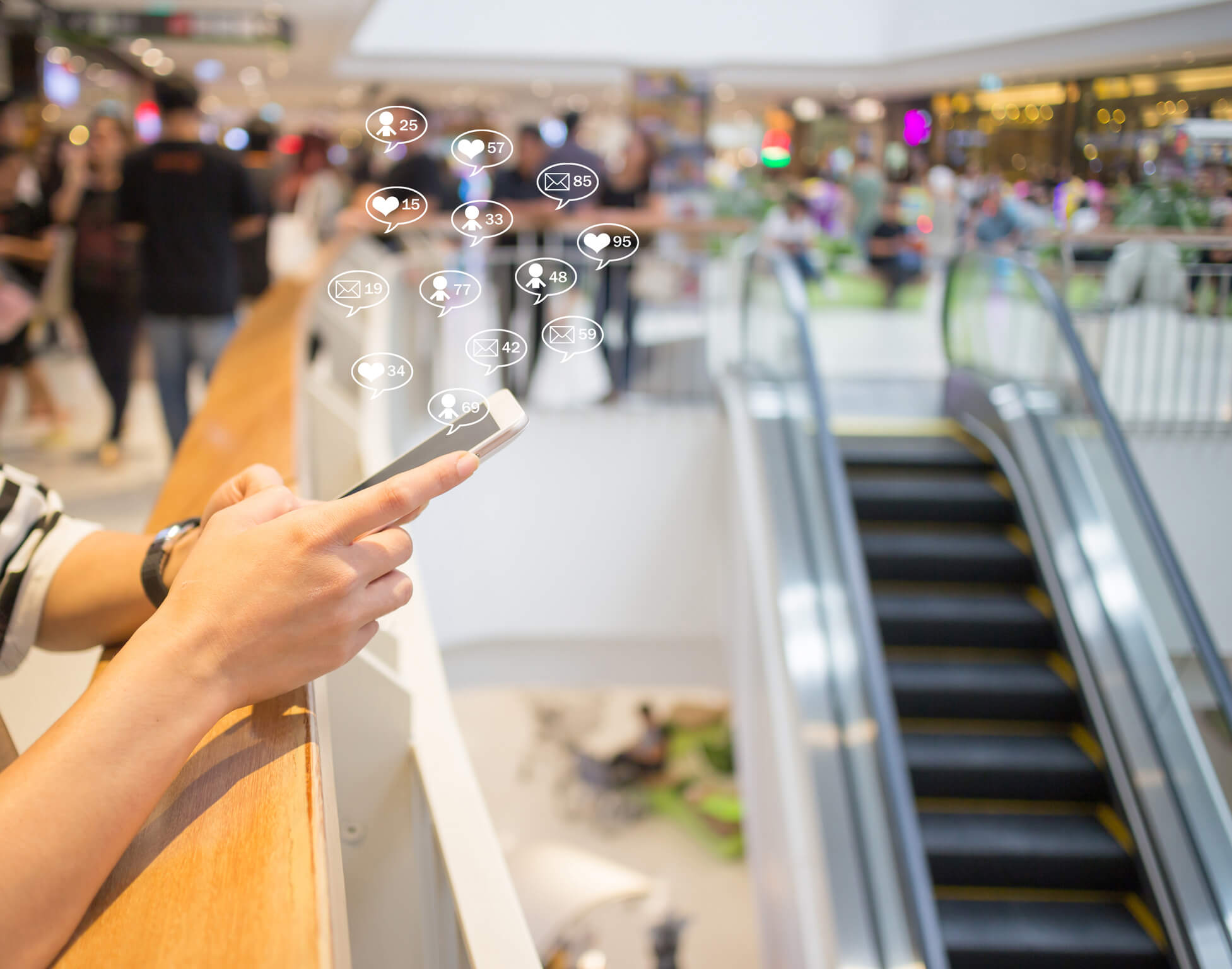Utility suppliers often run under monopolistic structures, leaving customers with no other options to switch to. Consumers are often left to make do with what they have even if, unfortunately, it is poor customer service provided. With the rapid evolution of technology and mobile apps, many utility companies have been able to get in touch with their audiences, dealing with issues and queries in real time and providing better customer experiences.
The practice has become a top priority for brands all over the world. Last year’s rise of the pandemic forced brands to establish an even more robust online presence, resulting in 24/7 customer service due to broad audiences that need catering around the clock. Brands have shifted to various data collection and mining software and predictive algorithms that help them work on calculated insights to solve future problems or, to an extent, even eliminate them. Results? Happier customers and growing businesses.
Companies that provide utilities are often long-standing.
 At this point, it is noteworthy that these companies have also stayed stagnant and slow in terms of growth for years. This fact shows that even though newer brands have adapted to the digital way of life, these older companies still struggle to maintain or offer solid communication methods and sources.
At this point, it is noteworthy that these companies have also stayed stagnant and slow in terms of growth for years. This fact shows that even though newer brands have adapted to the digital way of life, these older companies still struggle to maintain or offer solid communication methods and sources.
However, thanks to the digitization of nearly all processes, utility companies have also been trying to provide better customer experiences. The long arms of artificial intelligence have spread into almost all processes to help humans perform their jobs better, and thanks to their automated processes and algorithms, we have solved many problems.
Humans have been able to produce machinery fitted with measuring items, optimizing the collection, sorting, and analysis of data and providing insights for managers to make informed decisions. Applied to businesses that provide utilities, many online portals collect complaints and information such as bill generation and payments, signing up to the application, tracking consumption, etc., that have helped them build bridges to better customer experiences.

Why do Utility Companies Struggle to go Digital?
Surveys carried out by companies to gauge the bottlenecks of one of such companies when going digital resulted in a statistic that shows that due to frequent outages of power, managers cannot even afford to invest in tools that will lead to good customer service. They spend most of their budgets on investing in other physical infrastructure to fulfill much more critical, basic needs such as the necessity itself.
While technology has evolved enough to generate usage reports and outages of power, water, and other utilities, companies have yet to adapt to a more helpful approach.
A more digitized approach would be usage reports and alerts linked to one’s mobile devices for conservation and safety purposes. Pretty cool, right? A flowing faucet caught on the company’s radar with the help of a measuring device can be reported to the house’s residents. Small-scale applications of technological advancements will be a step toward better customer experiences and help conserve resources we are short on!

Changing customer behavior dictates good value for money, and one way to provide this value could be through constant communication. Customers expect companies to care for them by providing up-to-date information about a unit price increase per hour or a power outage. The need of the hour is taking care of customers, not spending money but keeping them safe.
In markets where monopolies do not own utilities, companies have been able to spur traditional ways into a more contemporary fashion. They prioritize consumer needs and wants, trying to provide better experiences in the wake of technology and innovation. Utility companies can also consider cloud solutions to store the data received through their customer base.
What is Next?
Until the technology sector can give us self-serving robots and housekeepers, brands must step up and play their part in better customer experiences and consumer safety. Traditional utilities have been in the market for an exceptionally long time, and it is high time they caught up with the complementary and competing industries and went digital to provide solutions. Communication and customer service are crucial when resources are priceless, and brands go green and sustainable. About Complete Controller® – America’s Bookkeeping Experts Complete Controller is the Nation’s Leader in virtual bookkeeping, providing service to businesses and households alike. Utilizing Complete Controller’s technology, clients gain access to a cloud platform where their QuickBooks™️ file, critical financial documents, and back-office tools are hosted in an efficient SSO environment. Complete Controller’s team of certified US-based accounting professionals provide bookkeeping, record storage, performance reporting, and controller services including training, cash-flow management, budgeting and forecasting, process and controls advisement, and bill-pay. With flat-rate service plans, Complete Controller is the most cost-effective expert accounting solution for business, family-office, trusts, and households of any size or complexity.
About Complete Controller® – America’s Bookkeeping Experts Complete Controller is the Nation’s Leader in virtual bookkeeping, providing service to businesses and households alike. Utilizing Complete Controller’s technology, clients gain access to a cloud platform where their QuickBooks™️ file, critical financial documents, and back-office tools are hosted in an efficient SSO environment. Complete Controller’s team of certified US-based accounting professionals provide bookkeeping, record storage, performance reporting, and controller services including training, cash-flow management, budgeting and forecasting, process and controls advisement, and bill-pay. With flat-rate service plans, Complete Controller is the most cost-effective expert accounting solution for business, family-office, trusts, and households of any size or complexity.




